Table of Contents
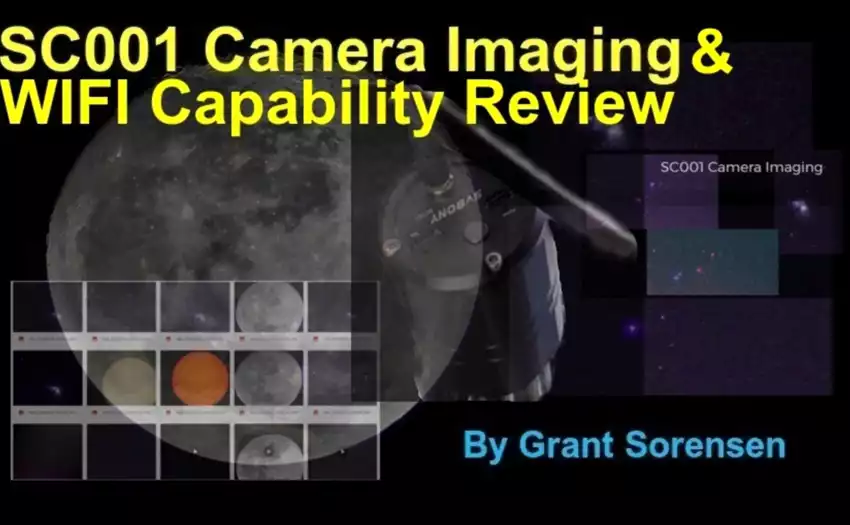
SC001 Camera Capturing the Moon and More-Grant Sorensen
Greetings fellow astronomers. Today I am going to review the new Svbony SC001 eyepiece WIFI spotting camera. I am going to test this new WIFI camera with a few small telescopes I own (see figure 1) and perform some basic imaging on the Moon, the Sun, the great Orion Nebula along with some other celestrial targets. The Svbony SC001 WIFI eyepiece camera is designed by Svbony to be used in conjunction with a good spotting scope like the Svbony SV406P (or other spotting scopes that use 1.25 eyepiece holders) for spotting targets, nature watching, target shooting, hunting, etc. A spotting scope such as the Svbony SV406P works very well with this new camera and the images are very sharp with great color and contrast. Nature photos of course look wonderful. It is interesting that Svbony describes this camera for this exact reason - spotting, target shooting and beautiful nature shoots. Please see the main Svbony webpage for a brief description for more on this -https://www.svbony.com/sc001-wifi-spotting-scope-camera/ along with some nature pictures they provide with this scope-camera combination.
The new Svbony SC001 WIFI camera is well made, robust and comes well packaged with several accessories including a C-mount adapter, a charging cable, and a included Micro SD card for storing images, etc (see center bottom image in figure 1). The product link provided above describes what is included with this new camera and its basic operation which I will not dive into much detail here. In this review I am going to test drive some features of this new camera such as it's unique WIFI hotspot capability to image the Moon, stars and our Sun. Unlike virtually all other eyepiece camera's on the market - the Svbony SC001 has a unique WIFI hotspot capability which means this new camera can be used without wires to image the moon, many bright celestrial objects like the great Orion Nebula (M42). Yes no wires at all needed! You can of course also hook this new camera up via USB and use software like Sharpcap in the standard manner like other eyepiece camera's but you cannot manually control any of the settings-more on this later. What is really nice is you can use your tablet or your phone along with the free Svbony Camera app you install (available on both Android and IOS devices) to not only provide a "live" view of what you are seeing wirelessly but too also transfer and store what is being imaged by the WIFI camera to your personal device (see figure 2). This is a pretty unique and cool capability for an inexpensive camera like this one.
The SC001 WIFI Camera is entirely designed to use fully automatic settings to adjust images and this means you cannot manually adjust the brightness, contrast, gain and exposure etc.. So then how well do automatic settings work with this new camera? Are the automatic settings good enough for viewing low light images or really bright images? In this review I will testing the new Svbony SC001 WIFI camera carefully in both very low light and very bright light conditions to see exactly how well it performs. For example i will test this camera on our really bright and intense Sun (with of course a front solar filter attached) to see how well the camera's fully automatic settings adjust the Sun's brightness. This is a good test as most conventional cameras would be completely saturated by light with little to no contrast or detail of our Sun unless a good polarizing filter or ND filter is attached to reduce the intense light. The other question is how sensitive is this new camera on picking up low light and high contrast objects like nebulas and stars under low light and dark conditions. How well does this new camera from Svbony handle color, exposure and contrast under all these varying real world conditions. While performing all this testing how does the unique WIFI capability work under real conditions including cold weather. Let's find out and see:
Equipment Used: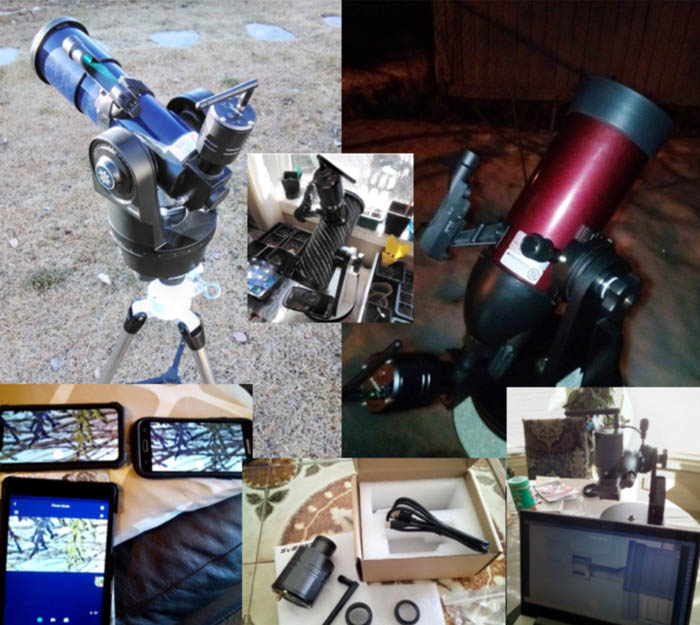
Figure 1: Equipment Used
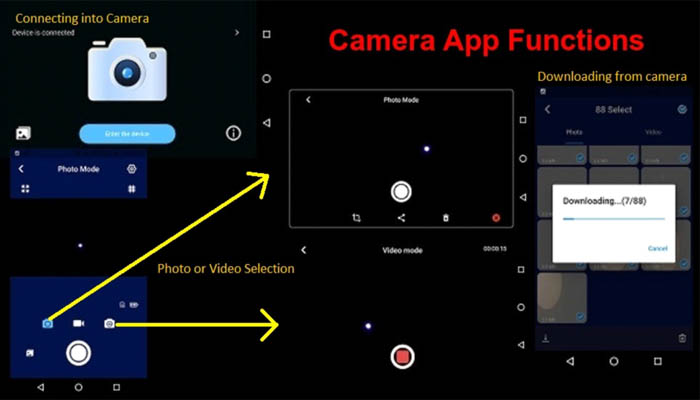
Figure 2: USB Camera App used for Imaging (works identically on both Android and IOS)
Analysis and results:
So what are my findings? From my initial testing of the SC001 camera I found the WIFI range too be really good and the WIFI signal did not drop out at all (not even once) while in use on multiple devices tested (both on android and iphone) out in some fairly cold weather (-5 C). From my testing I did acquire some really nice images from this camera. I can tell you this new WIFI camera can do way more than just spot targets, etc. I love not having cables hanging from my equipment to trip over anymore.
First things first before before we review imaging with this new camera check out the SC001 Camera WIFI hotspot capability in action below. I have tested connectivity on several personal devices such my Iphone XR, several Android phones, an Android tablet, an Android TV, and even a laptop computer (via free bluestacks Android emulator software). I can use this WIFI Camera on all of them and it works very well! (see figure 3)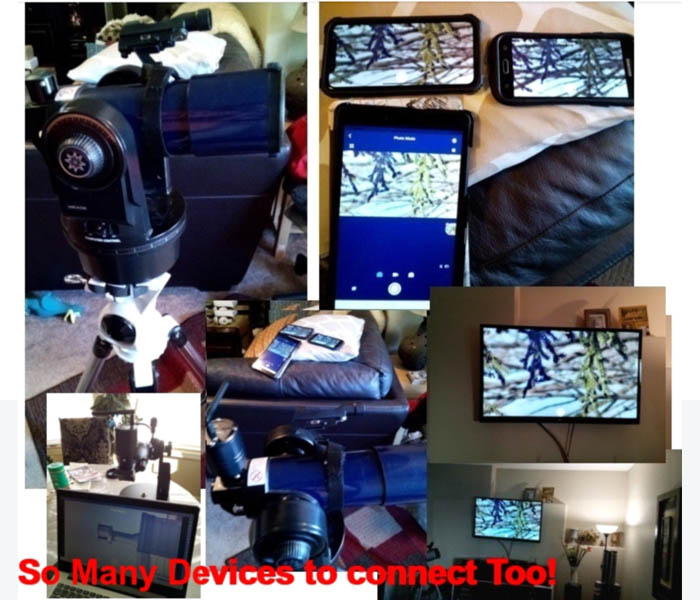
Figure 3: WIFI hotspot on SC001 works on many devices including my android TV!
Well, what about image quality? Attached below are some of the images I have taken with the Svbony SC001 WIFI camera. The Moon normally is very bright especially a full moon or near full moon and you normally would need a ND filter to cut down excess light and improve contrast and detail. I tested viewing the moon first without any filters attached to the SC001 camera and the camera did a pretty good job with the automatic settings and cutting down excess light (see figure 4). Of course with an attached ND filter (see figure 5) the contrast is very good and of course a bit better but not by much actually. Even without a light reducing filter the image still had lots of detail, was sharp and quite good and could be easily adjusted by post processing software. I am very impressed with the SC001 camera which worked well in moon viewing. As you can see the camera did a pretty good job with the settings on the moon for sure.
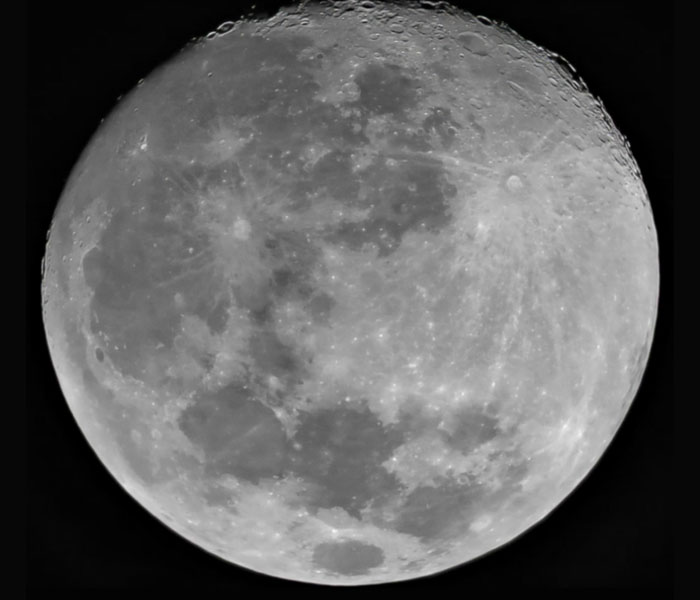
Figure 4: The Moon captured with a Meade ETX 60 refractor at FL 400mm (no filter or adjustments)
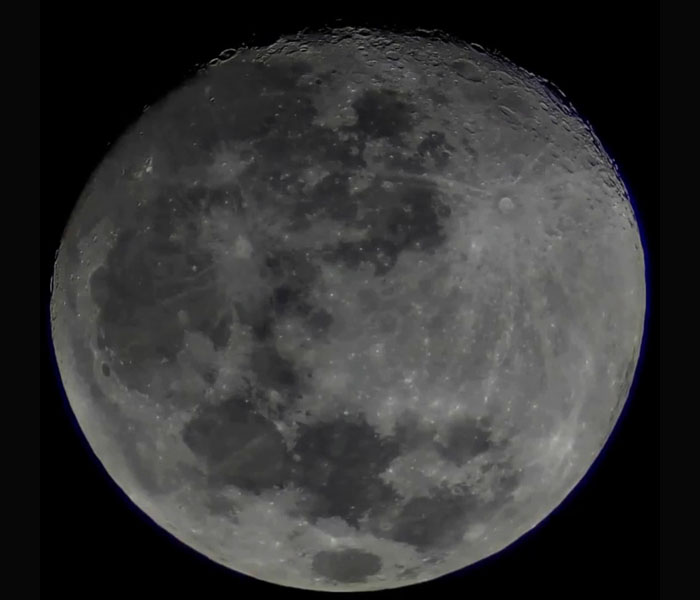
Figure 5: The Moon captured with a Meade ETX 60 refractor at FL 400mm with an ND filter
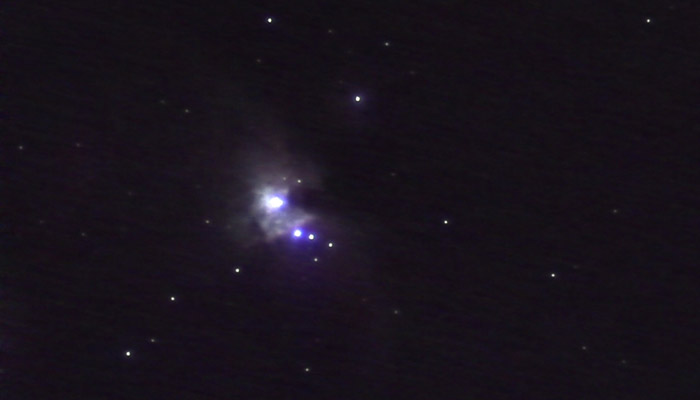
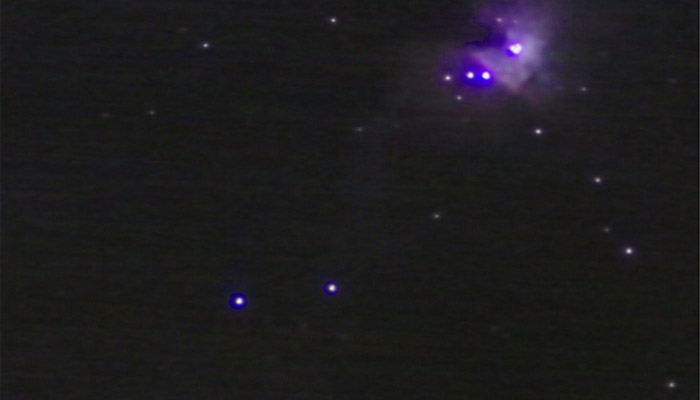
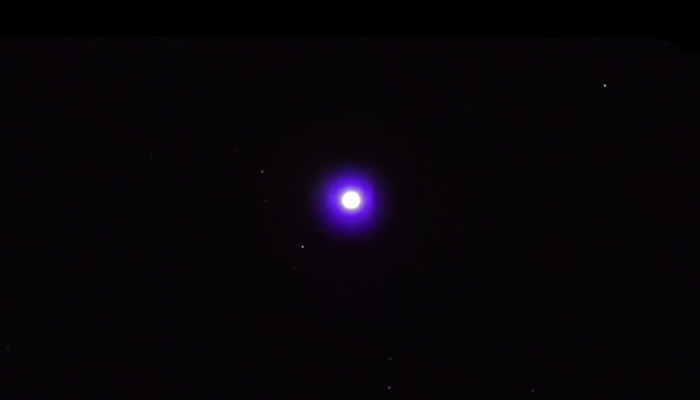
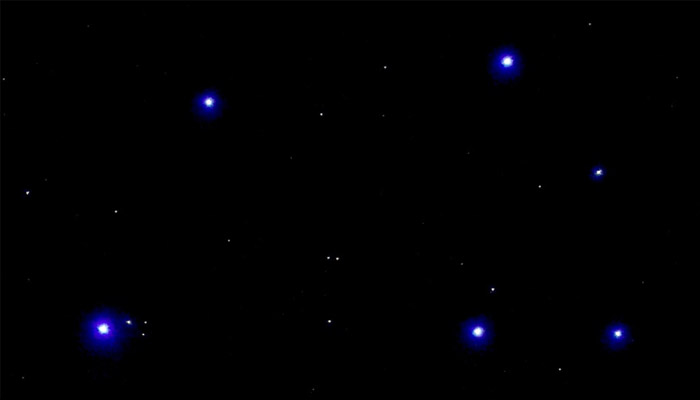
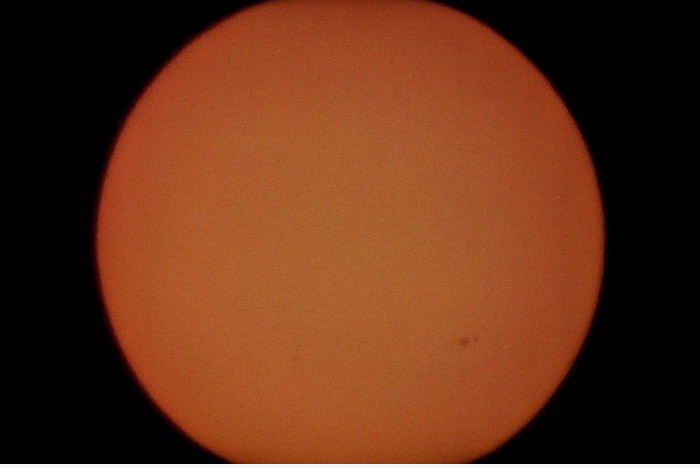
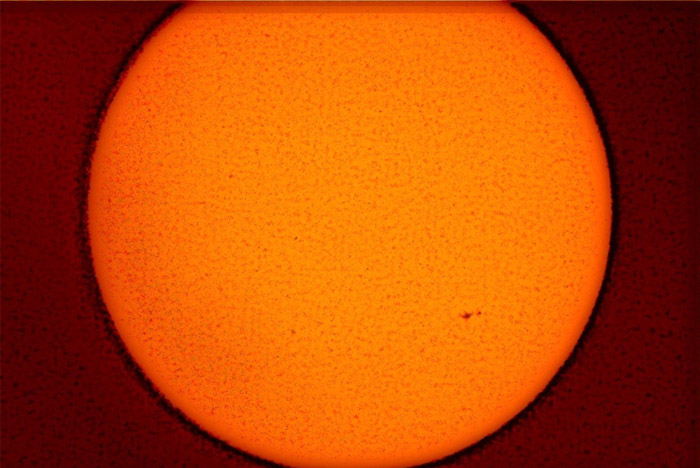
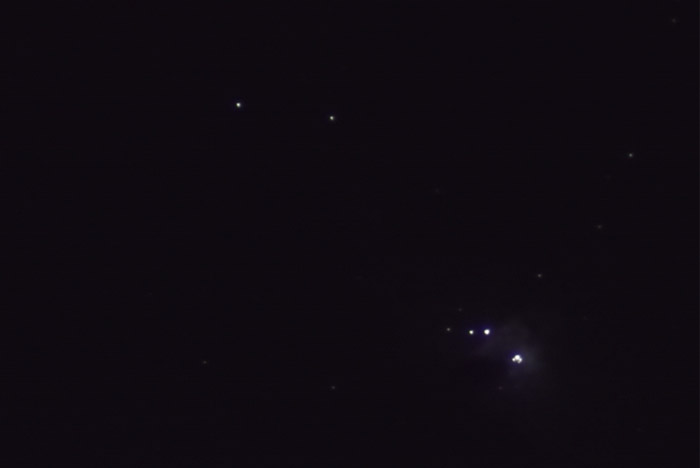
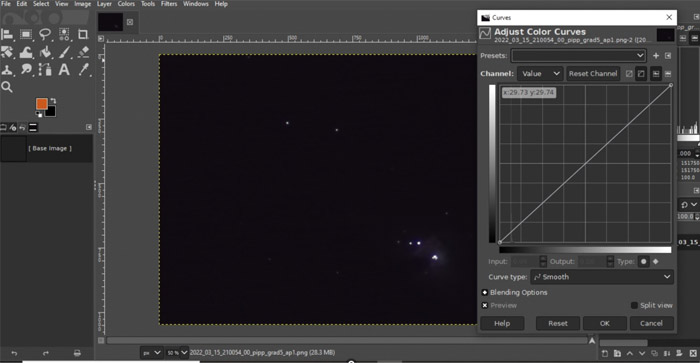
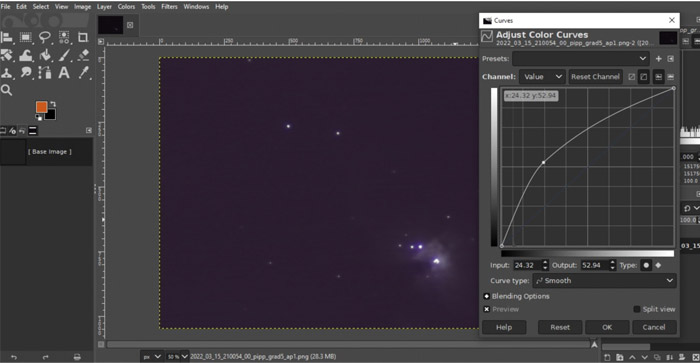
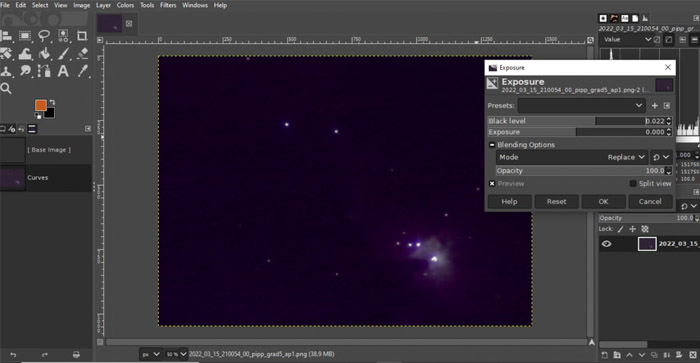

Comments (13 )
Guest
ftlsvTpioLu
Guest
ftlsvTpioLu
Guest
kWgCcZmsNOR
Guest
kWgCcZmsNOR
Guest
kbXIGBUjVyoedLHA
Guest
kbXIGBUjVyoedLHA
Guest
wHtmhOcegj
Guest
wHtmhOcegj
Guest
GiJfLvodyX
Guest
GdrbmnpOQW
Guest
GdrbmnpOQW
Jef
Hello I just bought the SV406P ED for nature spotting. I'm very pleased with the results so far. Now, I'd like to use the scope also for star-gazing. Which eyepiece do you recommand for that? I also have the sc001. Thanks a lot. I fell in


Guest
HwPRSKdb